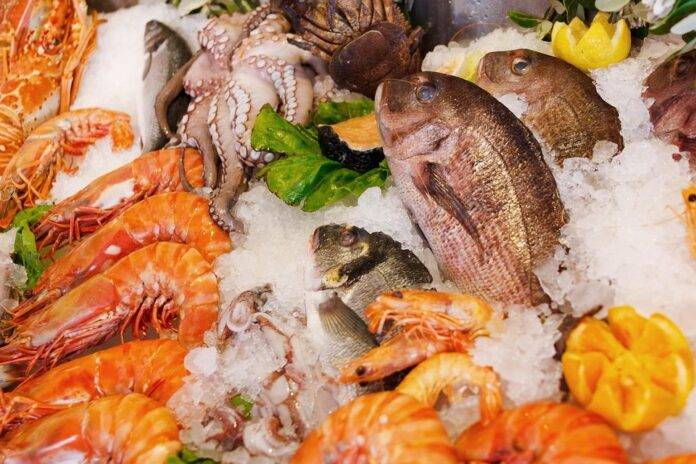Introduction
Seafood farming, also known as aquaculture, is a rapidly growing industry that plays a crucial role in meeting the world’s increasing demand for seafood. As wild fish stocks continue to decline due to overfishing and environmental factors, aquaculture has emerged as a sustainable solution to ensure a steady supply of seafood. In this report, we will explore the opportunities and challenges facing the future of seafood farming.
Current State of Seafood Farming
Seafood farming has experienced significant growth in recent years, with global production reaching over 80 million tons in 2020. The top producers of farmed seafood include China, India, Indonesia, Vietnam, and Bangladesh. The most commonly farmed species include salmon, shrimp, tilapia, and catfish.
Key Statistics
– Global seafood production: 80 million tons in 2020
– Top producers: China, India, Indonesia, Vietnam, Bangladesh
– Commonly farmed species: salmon, shrimp, tilapia, catfish
Opportunities in Seafood Farming
Seafood farming presents a range of opportunities for growth and innovation. Some of the key opportunities include:
1. Increased Demand for Seafood
As the global population continues to grow, the demand for seafood is expected to increase. Seafood farming can help meet this growing demand by providing a sustainable source of seafood.
2. Technological Advancements
Advances in technology, such as automated feeding systems, water quality monitoring sensors, and genetic improvement programs, are helping to improve the efficiency and sustainability of seafood farming operations.
3. Diversification of Species
There is a growing trend towards diversifying the species farmed in aquaculture. This includes the cultivation of new species such as seaweed, shellfish, and finfish, which can help reduce pressure on traditional species and provide new market opportunities.
Challenges in Seafood Farming
Despite the opportunities, seafood farming also faces several challenges that need to be addressed for the industry to thrive. Some of the key challenges include:
1. Environmental Impact
Seafood farming can have negative environmental impacts, such as water pollution, habitat destruction, and disease transmission. Sustainable farming practices and regulations are needed to minimize these impacts.
2. Disease Management
Disease outbreaks can devastate seafood farming operations, leading to significant economic losses. Effective disease management strategies, such as vaccination programs and biosecurity measures, are essential to protect farmed stocks.
3. Market Volatility
The seafood market is subject to fluctuations in supply and demand, as well as price volatility. Seafood farmers need to be able to adapt to changing market conditions and consumer preferences to remain competitive.
Future Outlook
The future of seafood farming looks promising, with continued growth expected in the coming years. By addressing the challenges facing the industry and capitalizing on the opportunities presented, seafood farmers can play a vital role in providing sustainable seafood for the global population.
In conclusion, seafood farming offers a range of opportunities for growth and innovation, but also faces challenges that need to be addressed. By adopting sustainable practices, leveraging technology, and diversifying species, the future of seafood farming looks bright.
Read: The Global Seafood Industry – Market Trends, Trade, and Future Outlook



